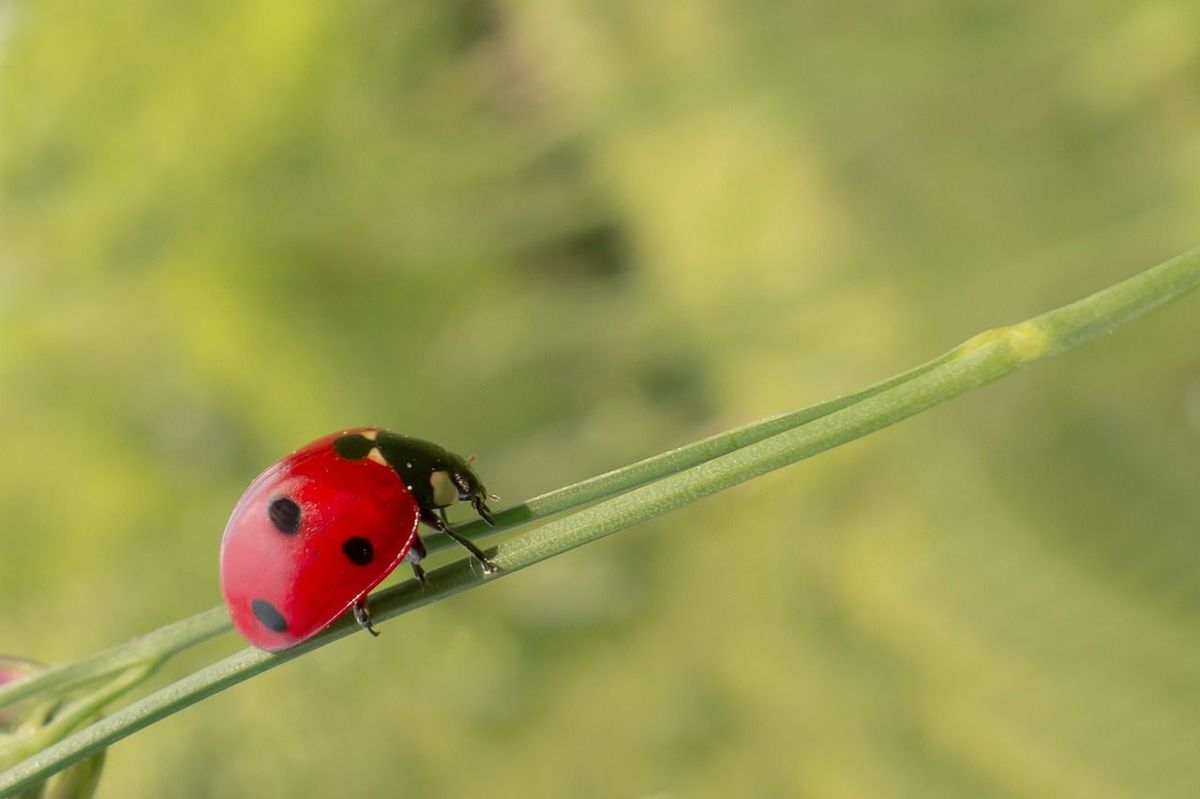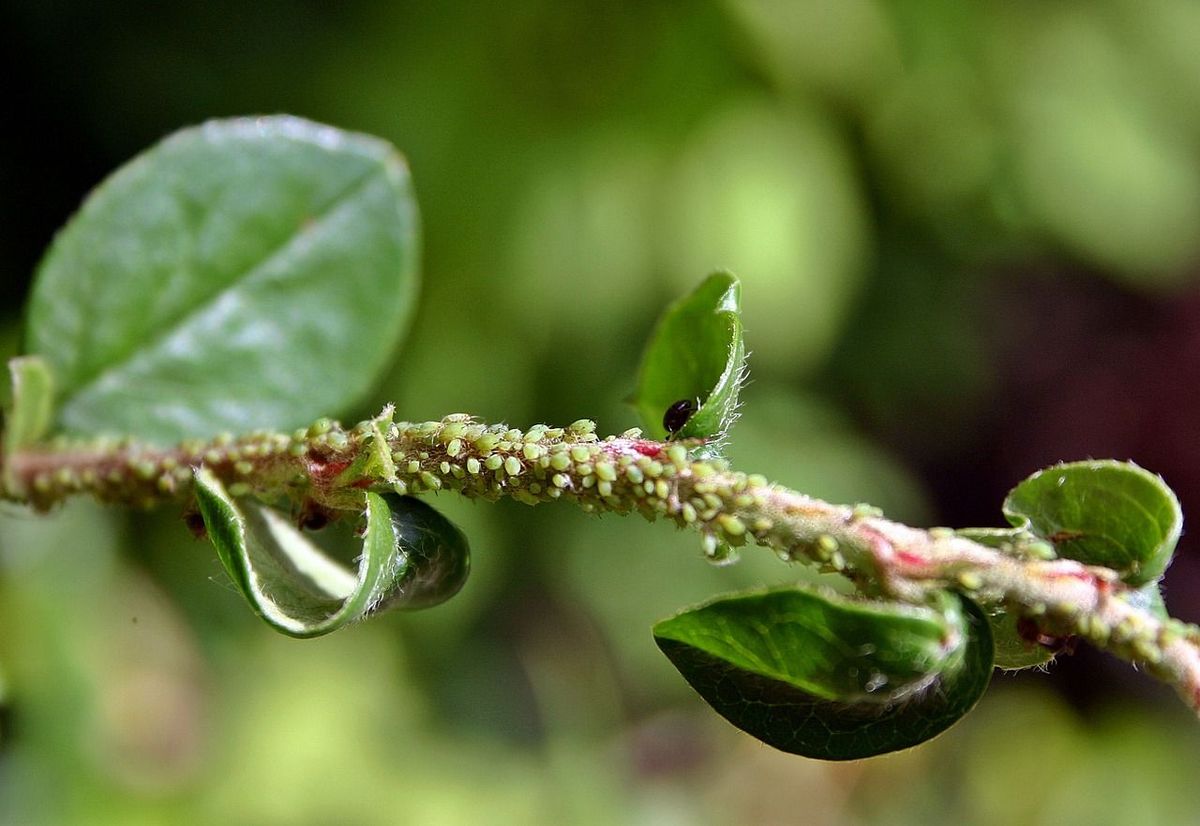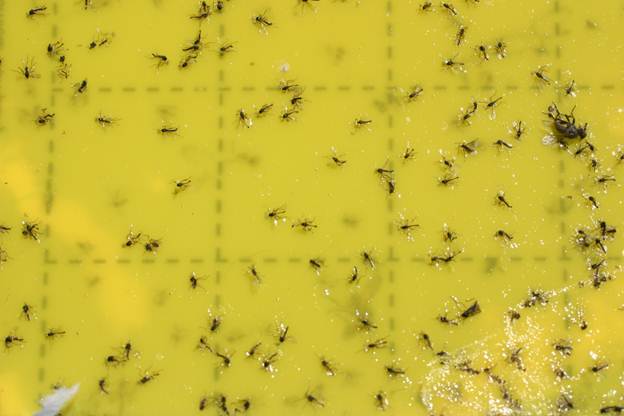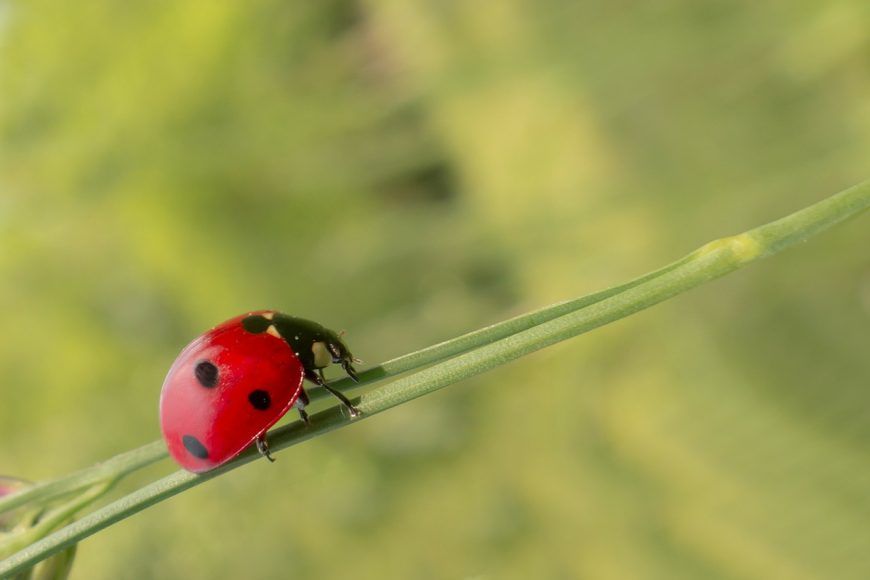How can Integrated Pest Management (IPM) solve your cannabis pest problems?
Cannabis greenhouses and grow rooms are literally a hot bed for pests and pathogens. The warm and humid conditions plus ample crops for food make perfect homes for pests and pathogens. Pest problems can develop and spread rapidly in a cannabis crop. All of these preventative measures should be included in your Cannabis SOPs (cannabis standard operating procedures).
The best approach to pest control is to avoid the need to use pesticides altogether. Integrated Pest Management (IPM) is a very popular approach that works to achieve this.
Cannabis Integrated Pest Management Methodology
Science and common sense are the basis of any integrated pest management strategy. IPM approaches pest control with techniques of prevention, reduction, and the elimination of conditions that lead to pest infestations.
IPM combines preventative solutions with reactive pest management solutions:
- Avoid environmental conditions that encourage pests
- Wear protective clothing
- Utilize active pest monitoring
- When needed, use effective pest treatment
- Evaluate treatment effectiveness
[IPM] approaches pest control with techniques of prevention, reduction, and the elimination of conditions that lead to pest infestations.
Types of Pests Managed by IPM
IPM applies to all types of pests that need to be managed in an indoor, greenhouse, or outdoor crop:
- Insects such as roaches, aphids, beetles, fleas, and caterpillars
- Insect-like organisms such as mites, ticks, and cannabis spider mites
- Microbial organisms such as bacteria, fungi, nematodes, and viruses
- Weeds which are any plants growing where they are not wanted
- Mollusks such as snails, slugs, and shipworms
- Vertebrates such as rats, mice, other rodents, birds, and snakes

The Basics of Integrated Pest Management
-
Identify issues that could contribute to infestation such as lack of maintenance, over-watering, poor sanitation, and poor housekeeping. Ensure that those issues are addressed.
-
Keep pests out by sealing holes and cracks. Cover vents with netting where needed. Wear protective clothes and shoe coverings. This keeps pests on the outside. Regular inspection and monitoring of the cultivation area is key to identifying problems early. When problems are identified early they can be treated much easier.
-
Eliminate pests promptly. Pesticides and other reactive treatments are the last component of IPM because prevention is emphasized. Pests should always be identified. When total elimination of pests is not possible or practical, threshold limits and action levels should be determined.
-
Think about the pest management actions that have been taken. Documentation is very important for regulatory compliance. It can also provide insight into process improvements and future issues.
Monitoring for Pest Management
The University of Massachusetts Amherst publishes extensive guides for greenhouse management best practices, including Integrated Pest Management. They suggest implementing an IPM monitoring program where a designated pest scout monitors crops.
The scout gathers information such as location of pests, identity of pests, and severity of pests. The information allows cannabis businesses to evaluate the threat level and make a plan of action.
Pest management should start a month before a cannabis crop is brought into any part of an indoor or greenhouse facility.
Pest management should start a month before a cannabis crop is brought into any part of an indoor or greenhouse facility. At this stage the facility should be inspected for maintenance, proper water drainage, and evidence of pests.
Previous pest issues and treatments in that area of the facility should be reviewed. Incoming plants must also be inspected before they are placed in the cultivation area.

Pests to Watch and How to Monitor
At least one-third of the incoming cannabis plants should be checked for signs of insects and diseases. By detecting issues early, damage can be minimized and issues can be contained. This also helps avoid the need for pesticides.
|
Pest |
Monitoring Method | Where to Look | |||
|---|---|---|---|---|---|
| Melon Aphid | Weekly visual plant inspection for small, 1/16 inch long aphids with dark cornicles or "tailpipes" | Inspect incoming plant material, especially the underside of leaves and stems. | |||
| Green Peach Aphid | Weekly visual plant inspection for 1/14 inch long green to pinkish aphids | Inspect the tips of new growth for signs of aphid activity like shed white skins, honeydew, and presence of ants | |||
| Western flower thrips | Use sticky cards at floor level (winter detection) and bench level to count and monitor populations counts for population trends and to evaluate treatments. | Tap tender new growth and flowers over a white sheet of paper to inspect incoming plants for adults and larvae. Isolate incoming plants for four to five days to detect emerging eggs and pupae. | |||
| Whiteflies | Use sticky cards to monitor adults, and check young plants and cuttings for immature insects. | Older immature whiteflies are found on the lowest leaves. Adults are found on the top leaves. | |||
| Fungus gnats and shoreflies | Use sticky cards placed horizontally above the growth medium to monitor daily for adults. 1½" long by 1" potato slices can be used to monitor for larvae during cool, moist weather. | After watering dry pots adults may emerge in high numbers. Pools of water, muddy floors, and weeds are habitats, so eliminate those conditions. | |||
| Pythium root and stem rots | Check roots for a soggy cortex that "sloughs off" leaving central core. Stem cankers are brown to black. Monitor for irregular EC levels. | Check incoming plants and plants, especially if fungus gnats or shore flies are found. | |||
| Rhizoctonia damping off, root rot, stem canker and web blight | Monitor seed flats for post-emergence damping off. Small water-soaked spots and cobwebby growth on matted leaves are signs of these pathogens. | Damping off is common near walkways. Web blight may occur when plants are placed close together in humid, warm conditions. | |||
| Botrytis Blight | Monitor closely during cool temperatures, with moisture. Fungal spores are fuzzy gray to brown. Botrytis can cause buds to rot and become mottled. Monitor areas with crowded plants that have poor air circulation. | Look for signs on flowers, terminal buds, cuttings, and weakened tips of leaves. Soft, tan to brown dead areas, and gray fungal growth are signs. | |||
| Powdery Mildew | Watch for white powdery growth patches up to 1/2" in diameter on upper leaf surfaces (lower and upper). | Areas with poor air circulation, high humidity, and drafty places with temperature fluctuations between day and night should be monitored. | |||

Pest Management Techniques: Sticky Card Monitoring
Yellow or blue colored sticky cards are commonly used to trap pests. The purpose of these card is not mitigate pests, but to trap them to monitor population size and pest species. Blue cards are good for attracting thrips. Yellow cards are good for overall pest monitoring. They can attract fungus gnats, leafminers, shore flies, western flower thrips, whiteflies, and winged aphids.
Sticky cards can be placed at different heights for monitoring. Placing cards vertically at four inches above the plant canopy provides general monitoring.
Fungus gnats are very common cannabis pests. Cards placed horizontally just above the soil surface or on the rims of pots can be used to monitor them specifically.
Sticky Card Monitoring Tips
- Number each sticky card and attribute it to a mapped and numbered area of the cannabis facility.
- Place a yellow sticky card every 1,000 square feet (minimum)
- Space the cards equally through the grid of the cannabis facility
- Cards should be placed by all entries, exits, windows, and vents
- Replace with new cards every week
- Record weekly trends and pest data (type of pest, number of pest, location of card)
- Use pest monitoring data to establish alert and action thresholds
IPM Pest Management Decisions
Early pest detection is critical to proper grow room and greenhouse management. Cannabis is a high value crop that cannot afford to be lost to pest infestations. Cannabis crops also have severe restrictions on available pesticides that are appropriate to be used. Final buds must not test positive for cannabis pesticides or other contaminants like chemicals and microbes.
The University of Massachusetts's "IPM Scouting and Decision Making" recommends growers use historical data from monitoring to set pest limits per sticky card based on historical and ongoing pest monitoring data.
Pest metrics should be analyzed every crop cycle, as you can track with powerful cultivation software. Pest scouts can use cultivation software to track their weekly counts, then compare pest data to factors like temperature, humidity, and crop yield.
That robust data can be used to determine the ideal cannabis cultivation conditions for a unique individual facility. Overall this Integrated Pest Management program can significantly reduce or eliminate the need to use pesticides.
Find Out More
Let's discuss your project in order to customize a comprehensive plan to help you succeed in the cannabis industry. Find out more on our cannabis consulting program overview, or start a chat with us. We're happy to help.
About GrowerIQ
GrowerIQ is changing the way producers use software - transforming a regulatory requirement into a robust platform to learn, analyze, and improve performance.
To find out more about GrowerIQ and how we can help, fill out the form to the right, start a chat, or contact us.

